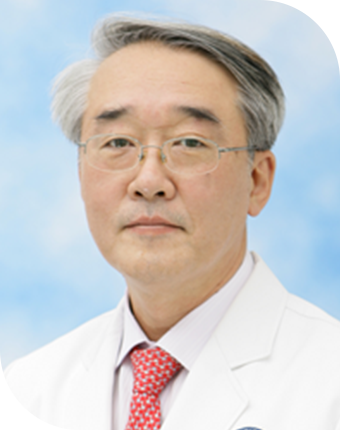President’s Message
I want to express my deepest gratitude to our predecessors as KIMEE’s capability and creditability as an accreditation authority could not have been accomplished without their dedication. It is not only an honor to chair this prestigious institution but also a hefty responsibility to perpetuate KIMEE’s prominence and cultivate institutional capability.
The history of KIMEE started from a preliminary accreditation procedure for newly established medical schools set in 1999. Since its inception, our accreditation proficiency substantially contributed to improving the quality of basic medical education. KIMEE’s commitment led to structural standardization of educational resources and curricula of medical schools and prevented audacious establishments of sub-standard medical faculties. We accelerated the adoption of innovative educational procedures within the medical community, and believe it significantly contributed to improving Korea’s medical education standards to align with international standards.
Our commitment nurtured Korea’s medical education standards. KIMEE’s dedication was not limited to the medical community, as we succeeded in materializing the change via the legislative process. Mandatory accreditation of medical schools was included by amendments to the Higher Education Act and the Medical Service Act. It provided regulatory support to influence medical schools that operate under sub-standard curricula.
KIMEE is appointed as Higher Education Program Accreditation Institute by the Ministry of Education in 2014. Recognition of our capability has not been capped in the domestic fields. World Federation of Medical Education appreciated KIMEE as an accreditation institution for medical schools in 2016.
The bedrock of KIMEE’s past achievements were our predecessors’ dedicated commitments and cooperation from medical schools. Notwithstanding KIMEE’s accomplishments, we need to acknowledge observations that include effectiveness and transparency of the accreditation standards, medical schools’ fatigue within the process, communicational friction between medical schools and KIMEE. New executives of KIMEE shall appreciate the challenges that we face at this juncture and will pledge to pave an optimized approach. The past decade has been the period for KIMEE to nourish accreditation capability to international standards, which aligns with the mission of “Leading the global medical education.” Our mission for the next decade should be “Appreciated accreditation authority with a renowned credibility gained from the medical community and broader society.” I believe it is one of the critical purposes to be achieved within my term and the reason I have been elected as the new president of KIMEE. Restoring KIMEE as a “Credited Accreditation Authority”, will be accomplished with 4 different objectives that would be pursued within my term.
1) Improvement of the communication system with medical schools and relevant authorities shall be implemented. It would minimize unnecessary misunderstandings and communicational frictions within the accreditation process.
2) Enhancing the capability of individual evaluators and establishing the evaluation process that targets minimizing gaps within the evaluator group would be also a goal within my term. Operational proficiency will curtail the difference in accreditation outcomes.
3) Establishment of an accreditation system targeting to strengthen the validity will also be a key objective to be achieved. It will include improvement of accreditation standards and system, enhancement of interim evaluation process, and development of performance measurement index. The above will lay out the ground for medical schools to actively participate in the process as it would fortify the credibility of accreditation procedures.
4) Lastly, reinforcing the KIMEE’s accountability to society and medical schools shall be a critical mission to be accomplished. An internal quality management system will be implemented and will establish a system in which the accreditation assessments could influence and improve the development of the accredited institution. The above system materializes the purpose of accreditation.
KIMEE and medical educational faculties could not be viewed as separate entities, but as partners whom both strive together in achieving the ultimate goal of a medical education institution, “Cultivate and nurture medical professionals, who contribute to the enhancement of the health of the society.” Not only KIMEE’s dedication is needed to achieve the above goal, but also the understanding and cooperation from the medical education field in Korea is the essential element. I would like to ask for affectionate encouragement for KIMEE’s future steps.

Sincerely,
Ahn Duck Sun
